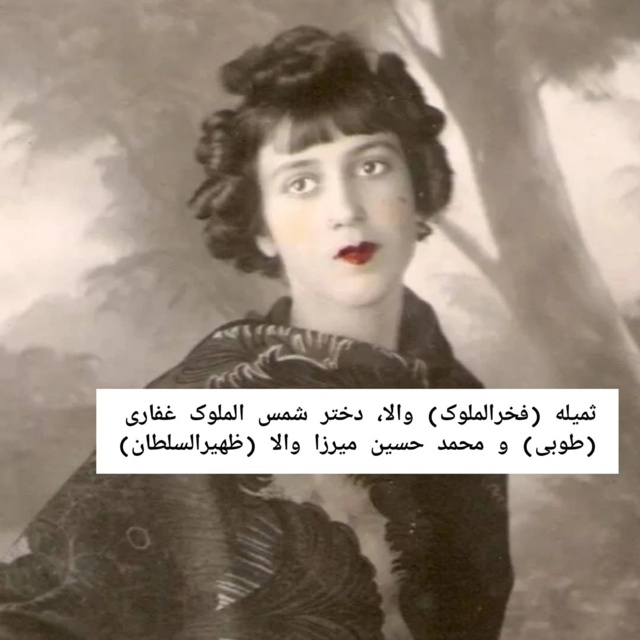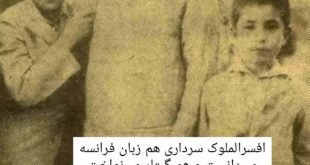She spent four years and seven months in Evin Prison, enduring harsh conditions but refusing to recant her beliefs. In her later memoir Kissing the Sword: A Prison Memoir, she recounts her imprisonment with clarity and calm — depicting not only brutality but also moments of surreal introspection and even mystical revelation. For Parsipur, writing became both resistance and redemption. Her most famous work, Women Without Men (1989), stands as a cornerstone of modern feminist literature.
The novella intertwines the stories of five women — a teacher, a prostitute, a widow, a girl escaping marriage, and a woman resurrected from death — each seeking liberation in a society that denies them autonomy. Blending realism with magical elements, Parsipur creates a mythic space — a garden near Karaj — where these women gather and rebuild their lives away from patriarchal control. The garden becomes a symbol of both refuge and rebirth, echoing ancient Persian imagery of paradise.


